THROUGH THE LENS: AirPower over Hampton Roads 2016
In another installment of our “Through the Lens” series, Isaac Lebowitz visited Joint Base Langley-Eustis and reports on the 2016 Langley Air Show, entitled: AirPower over Hampton Roads 2016….
Report and Photos by Isaac Lebowitz
May 23, 2016
The AirPower over Hampton Roads 2016 air show was held this April 22-24 at Joint Base Langley-Eustis in Hampton Virginia. This was their first air show since 2011 and served to celebrate the 100th anniversary of Langley Air Force Base, one of the earliest military bases in the US specifically built for air power.
In 1915, congress established the National Advisory Committee for Aeronautics (NACA). The committee purpose was to supervise and direct the scientific study of the problems of flight with a view to their practical solution. A site was needed for aeronautical research, experiments and flight tests. Hampton sons Harry Holt, Hunter Booker, Nelson Groome and Frank Darling convinced the federal government to consider land in Elizabeth City County, now within the City of Hampton, that was open, flat and close to water. These features were attractive to the military and on December 30, 1916, the federal government made its first land purchase for aviation purposes with 1,650 acres along the Back River. The airfield built there by the Army Air Service and NACA, was named for Samuel Pierpont Langley, a pioneer of American military aviation.
In 1947, a year after the United States Air Force became a separate branch of the military, Langley Field took on the name of Langley Air Force Base. Langley is the oldest continually active air force base in the world and is the oldest airfield in Virginia. On October 2010, Langley AFB was joined with Fort Eustis to become Joint Base Langley-Eustis.
In a USAF interview, Col. Peter Fesler, 1st Fighter Wing Commander said “For 100 years, Airmen at Langley Field have been on the cutting edge of military aviation. From Billy Mitchell’s historic sinking of a captured German battleship to the stand up of America’s first operational F-22 squadrons, from countless Cold War alert missions, to the training that led to some of the first air-to-air victories of Desert Storm, the skies over Hampton Roads have been filled with American Airmen.”
To celebrate the 100th anniversary there was an impressive schedule of civilian and military performers who provided a full day’s worth of flying demonstrations.
Civilian performers included highly respected and decorated aerobatic pilots such as Rob Holland and Jerry Kirby along with an entertaining comedic performance by Ken Pietsch. The Geico Skytypers performed some tactical maneuvers utilized in World War II and the Korean War.
One of the most enjoyable civilian demonstrations came from Randy Ball and his MiG-17F Russian fighter jet. He thrilled the crowd with fast paced, low altitude passes as well as tight turns. Not to be outdone, Greg “Wired” Colyer put his Lockheed T-33 Shooting Star “Ace Maker” through its paces with some graceful, but intense low level maneuvers.
There were some memorable Warbird performances each day: Firstly, Scott “Scooter” Yoak and his P-51D “Quicksilver” flew a dual routine with Jim Tobul and his F4U-4 Corsair “Korean War Hero”. They call their performance “The Class of ’45”, which tells the story of these celebrated aircraft with dramatic aerial displays. In addition, Jim Beasley and Andrew McKenna performed a tight dual routine with their P-51 Mustangs as well.
Military performers included the US Army Golden Knights with some very interesting jump displays. Most impressive was the demonstration of a failed parachute opening – the jumper showed how to cut a defective parachute away and then open the reserve chute. The US Navy TAC Demo Team sent over a Legacy Hornet from nearby NAS Oceana to showcase the capabilities of the aircraft and its pilot LT Scott “MacGruber” Lindahl.
The F-22 Raptor Demo Team, which is based at Joint Base Langley-Eustis, demonstrated the awesome performance of the fifth generation fighter in front of their friends and family. After the solo demonstration, the Raptor teamed up with two other aircraft for the USAF Heritage Flight. Joining the Raptor was a P-51 Mustang WW II fighter and the Air Force’s newest fighter, the Lockheed Martin F-35 Lightning II. Having a legendary WW II fighter fly with the two newest air force fighters was very well received by the crowd.
The United State Air Force Thunderbirds were the show headliners. They performed a mix of formation flying and solo routines. The four jet diamond formation demonstrates the training and precision of Air Force pilots while the lead and opposing solo aircraft highlight some of the maximum performance capabilities of the F-16 Fighting Falcon.
The weather was not totally optimal, leaving Sunday as the only day the Thunderbirds would fly and causing the cancellation of the Friday night show. Most of the performers got to fly both days and provided a fitting tribute to 100 years of aviation at Joint Base Langley-Eustis.
Aviation Photography Digest would like to thank the 633 Air Base Wing/Public Affairs office and 2d Lt MAHALIA FROST and TSgt KATHERINE WARD for their assistance and cooperation.
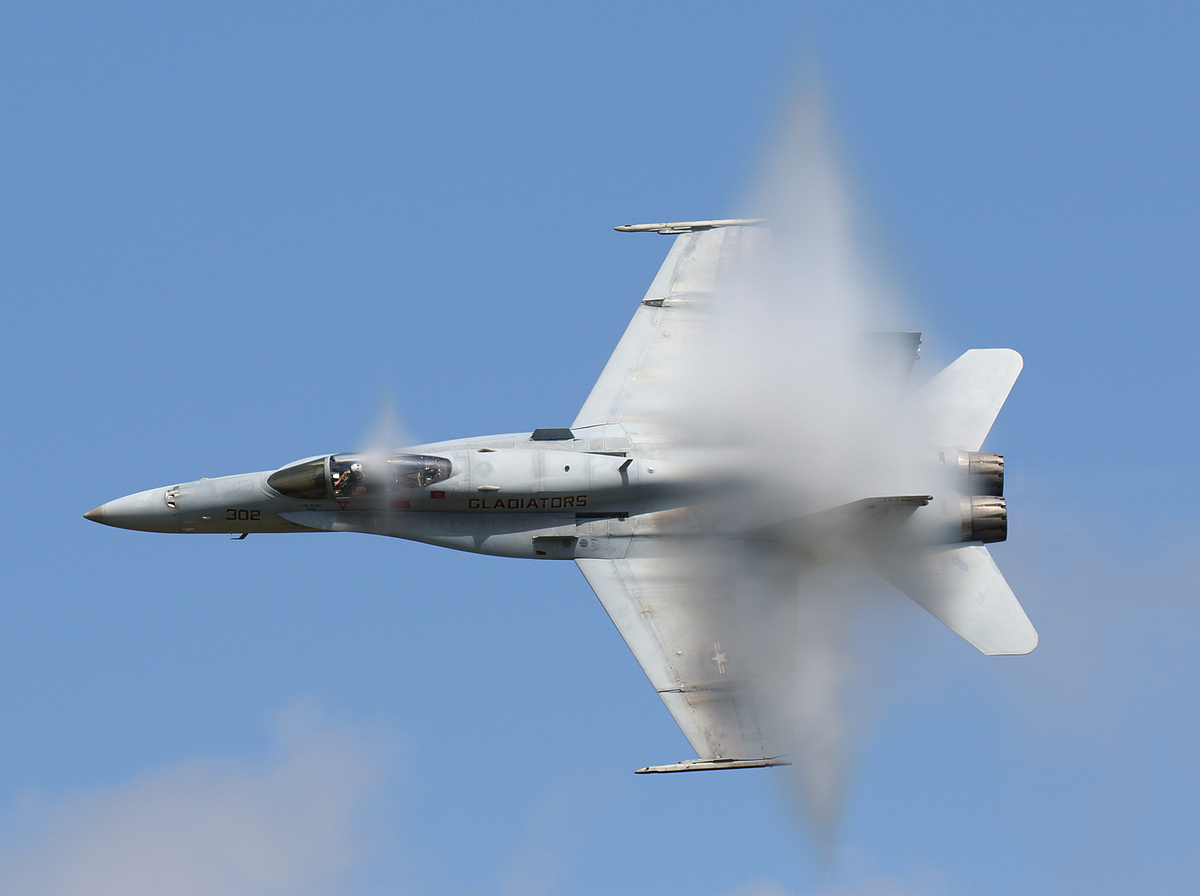
F/A-18C Hornet Demo

F-22 Raptor Demo
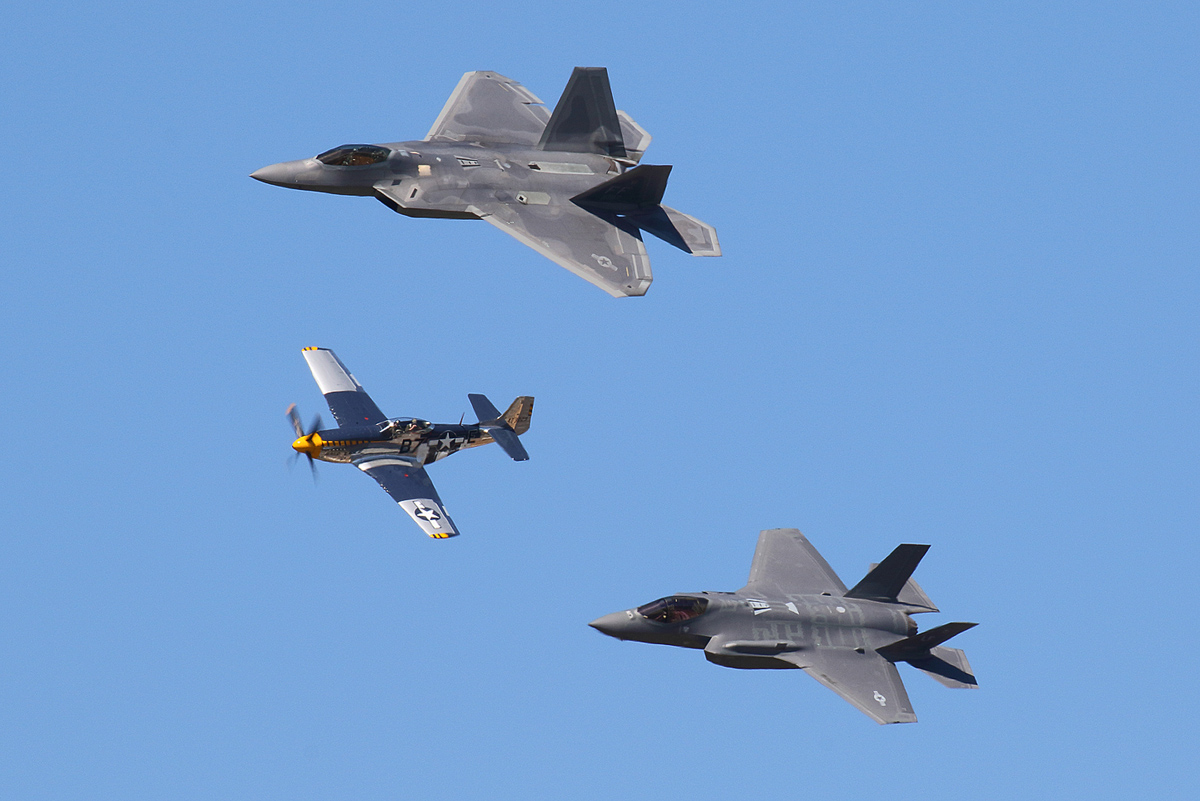
USAF Heritage Flight
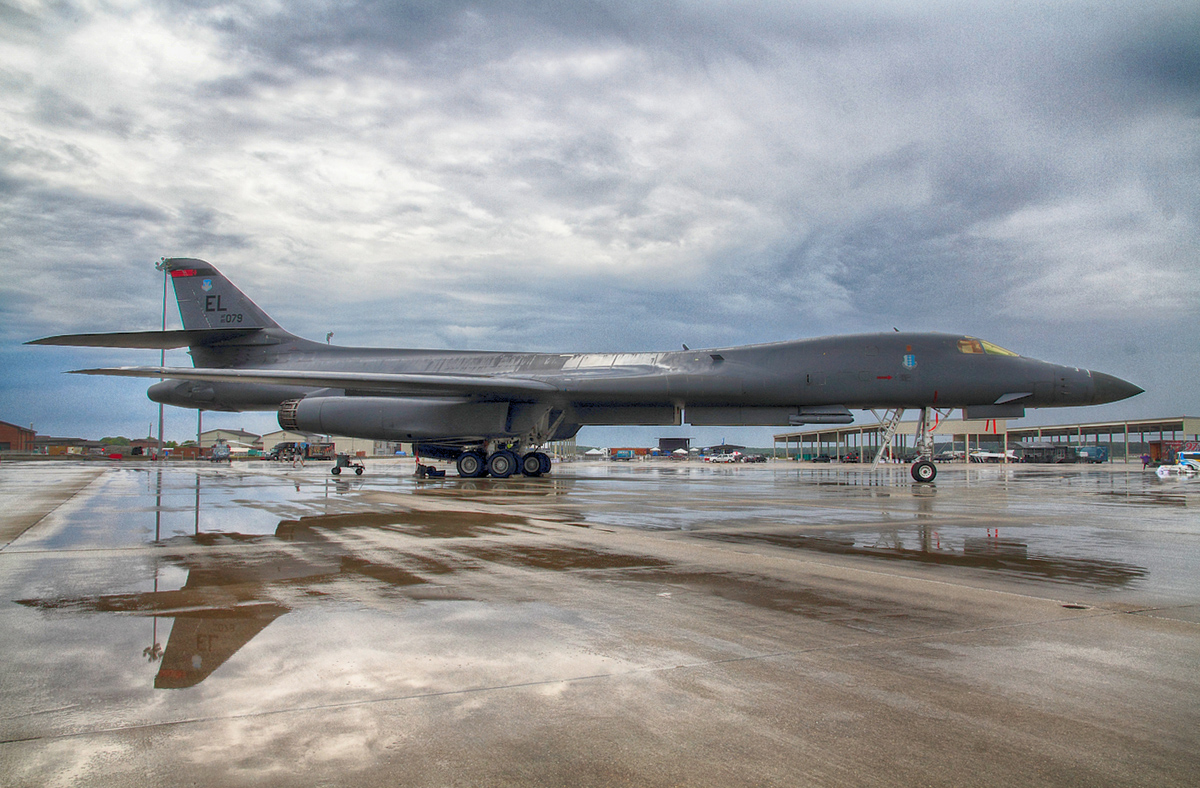
B-1B on static display
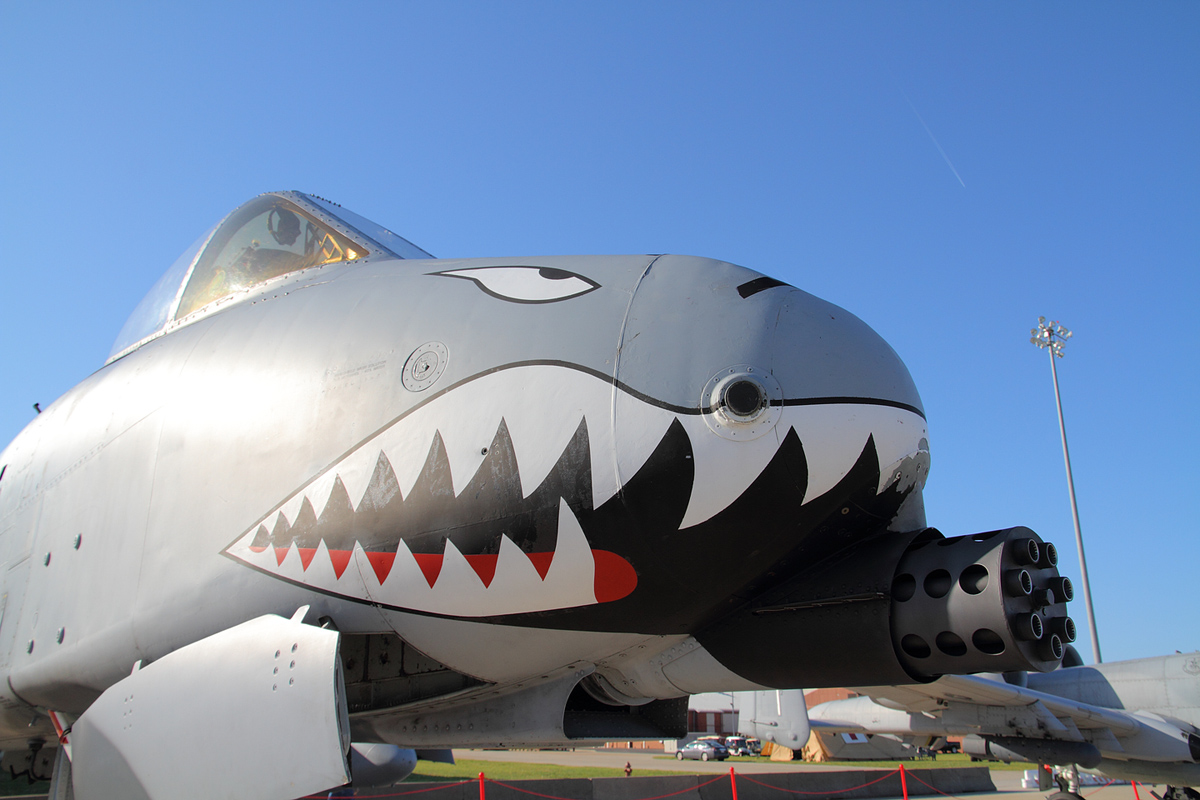
A-10 on static display
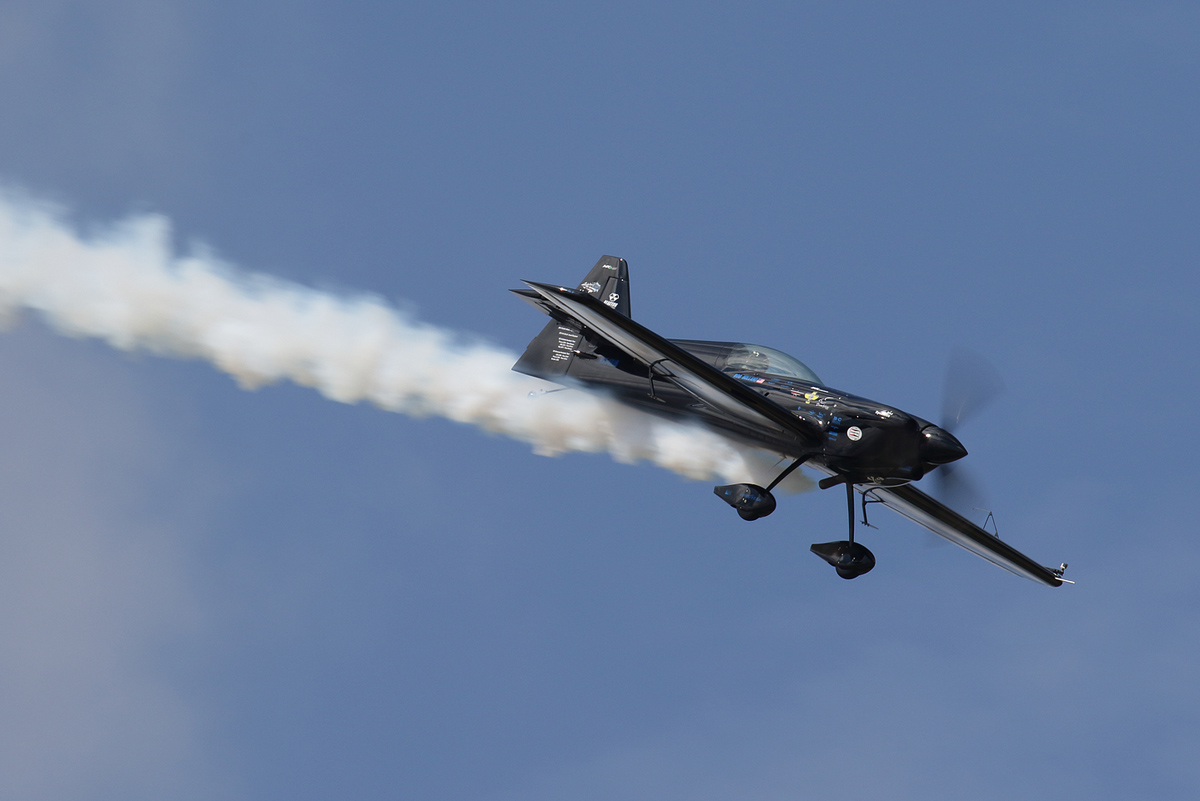
Rob Holland MXS-RH

Sasquatch – jet powered Waco

Lockheed T-33 “Ace Maker”

Geico Skytypers
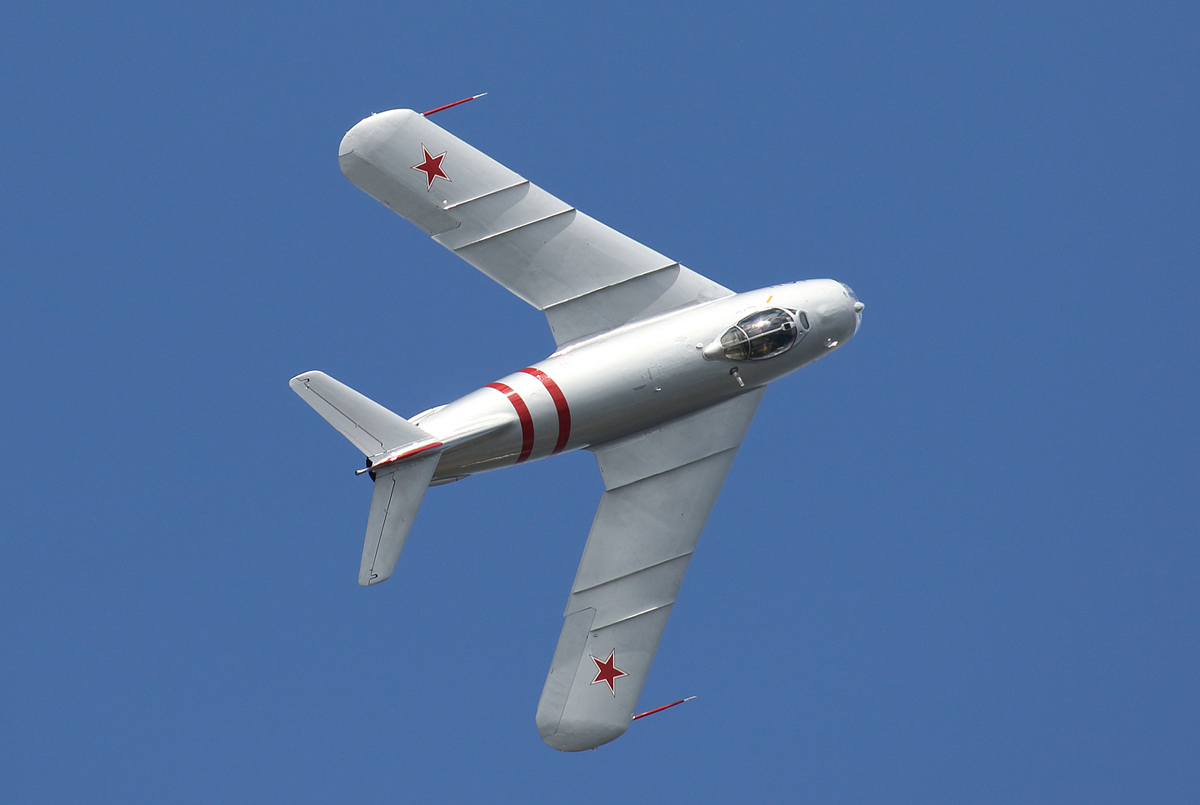
Randy Ball’s Mig 17F
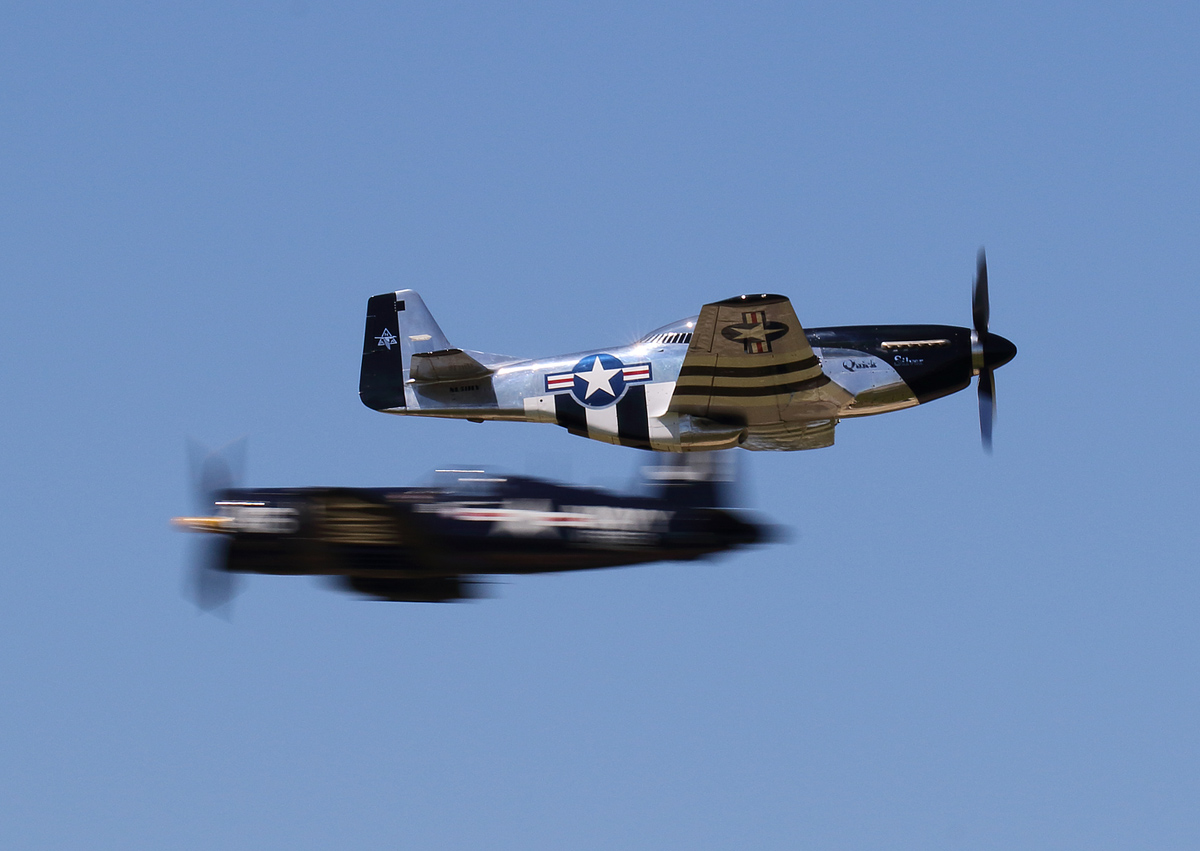
Mustang/Corsair crossover pass

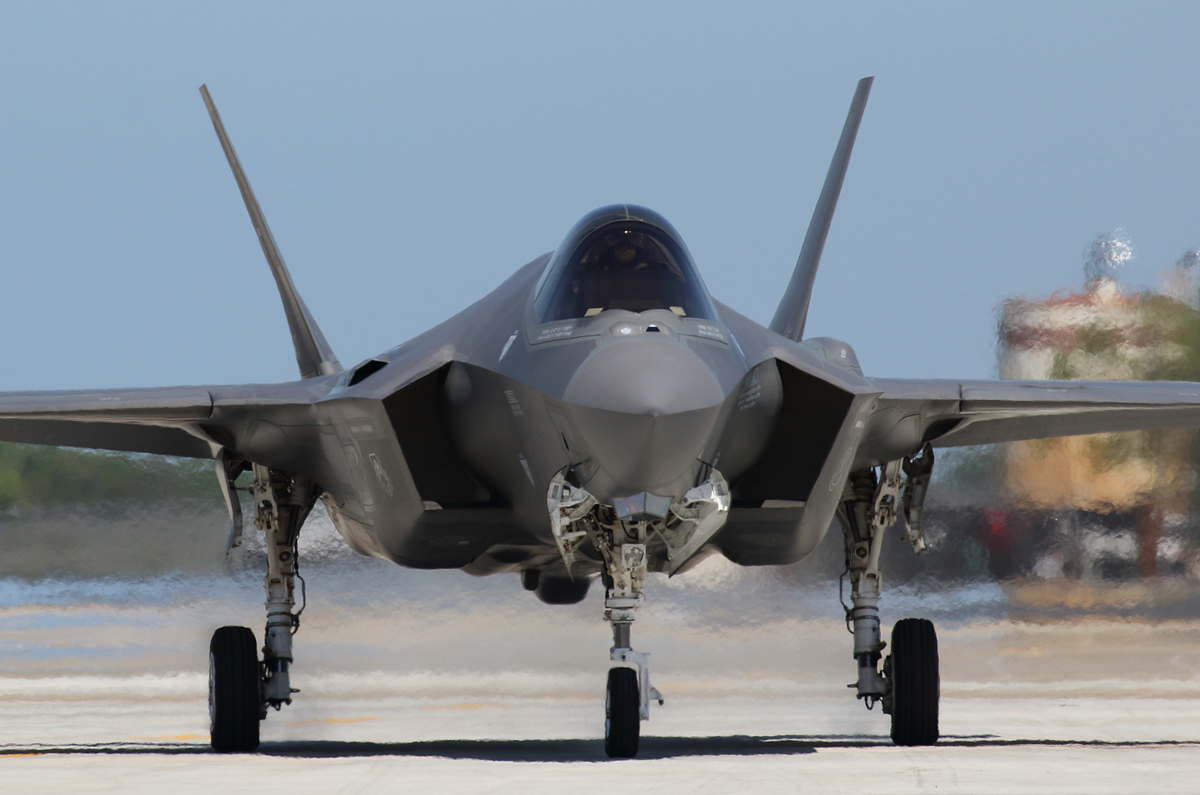
F-35 Lightning II
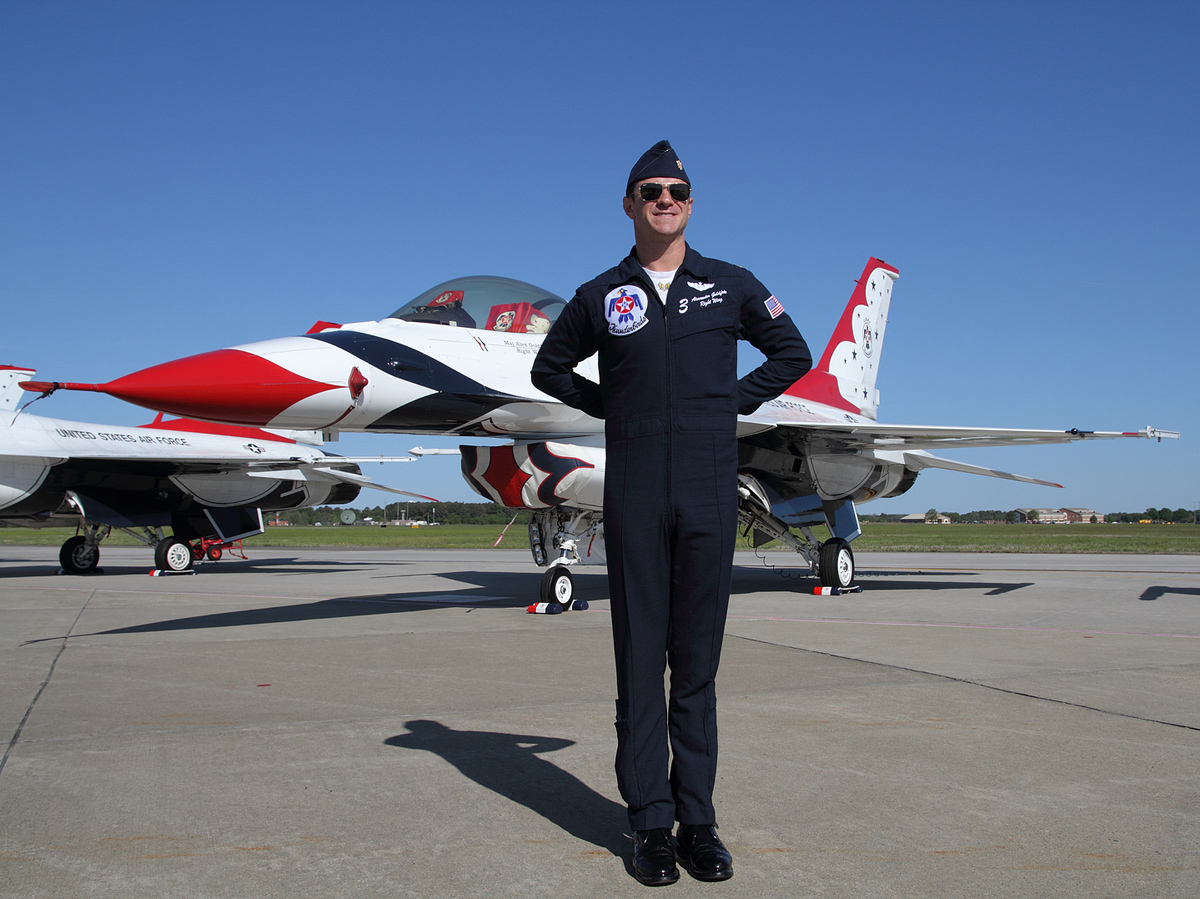
Maj. Alexander Goldfein, Thunderbird #3

Thunderbird close up
Click on an image below to be able to page through the gallery:
Isaac Lebowitz is from Long Island, New York. He works as a software developer in the accounting field. He has been involved with photography since receiving a fully manual SLR as a teen. Having a keen interest in aviation and motorsports, he spent much time shooting both. His primary aviation focus is on military aviation photography, although a day spotting at JFK is a real treat. He also enjoys macro, night and HDR photography.
Isaac can be reached at: [email protected]


